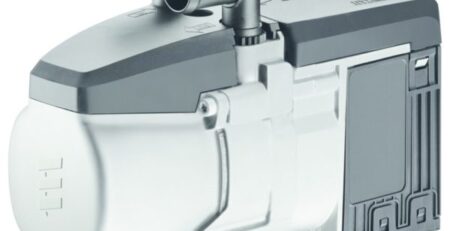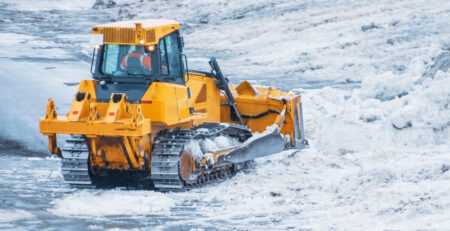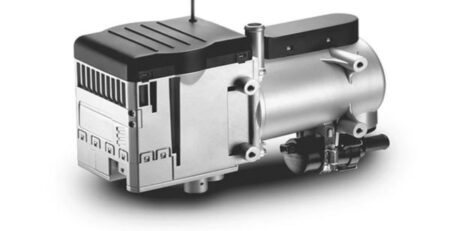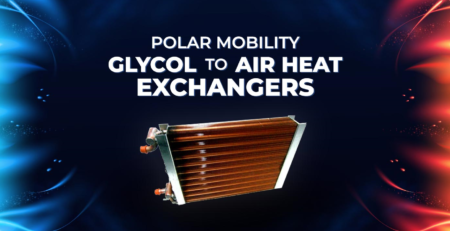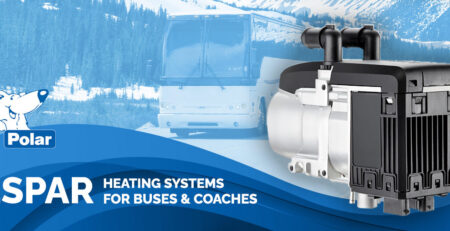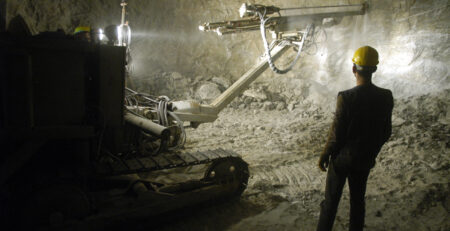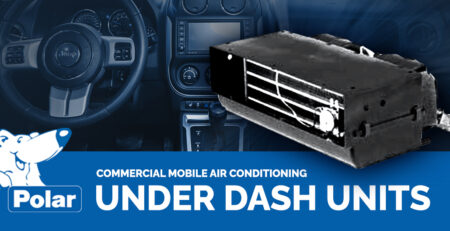Heating Season Is Here: Why an Eberspaecher / Espar Climate Control System Matters
When the frost sets in and temperatures plunge, drivers and fleet operators know how important dependable heating is. Cold cabins, icy windows, and frozen engines are not just uncomfortable — they cost time, fuel, and productivity. An Espar climate control system is one of the most effective ways to keep your cabin warm, defrost windows, and even preheat the engine—all without idling at high RPMs.
Unlike systems that rely only on engine heat or electric heaters, an Espar climate control system runs independently. It uses very little fuel and delivers steady heat, even with the engine off. This makes it ideal for cold-weather climates, long overnight stops, and vehicles that need frequent preheating.
Polar Mobility carries a full catalog of Espar/Eberspacher fuel-fired heating solutions. But the decision is more complex than just choosing a brand—it comes down to the core technology. You’ll need to select between an Airtronic (air heater) and a Hydronic (water heater) system. In this blog, we’ll look at the key features of both technologies to help you make your selection.
Airtronic vs. Hydronic—What Are They?
Airtronic (Air Heaters)
Air heaters—like the Eberspächer Airtronic series—warm the air inside the vehicle directly. They pull in cabin air, heat it through fuel combustion (diesel or gas), and recirculate the heated air back into the cabin.
- Features include a brushless fan motor for long life, quiet operation, stepless output control, and altitude adjustment up to 5,500 m.
- Best for fast warm-up, simple installation, and a variety of spaces like vans, trucks, off-road equipment, or larger spaces such as enclosed trailers, mobile workspaces, etc.
Hydronic (Water Heaters / Coolant Heaters)
Hydronic systems connect directly to the vehicle’s coolant circuit. They heat the engine coolant prior to vehicle start-up to eliminate cold starting.
- Ideal for reducing cold-start stress, extending engine life, and can be paired with a glycol heater to create interior cabin heat as well.
- Help to prevent DPF System failures such as frozen DEF fluid, clogged DPF filters, etc.
Choosing the Right Configuration: Tips & Best Practices
When selecting your Espar climate control system, consider:
- Vehicle Size & Insulation: Airtronic systems can vary in BTU output and can be paired with secondary heaters to ensure adequate heating no matter the cabin size. Hydronic heaters also vary in size, whether the system is intended for a daily driver pick up truck, or a large off-highway piece of machinery.
- Engine Preheating: Cold starting engines in North America is a known issue; hydronic heating systems help eliminate the excessive wear caused by cold starting and can be used to provide cabin heat as well.
- Noise & Comfort: Airtronic heaters deliver quiet, dry cabin heat. Making them an excellent choice for sleeper cabs, camping vehicles, etc.
- Future Upgrades: Espar systems can expand to heat multiple zones—or even provide hot water in RVs and boats.
Some operators use both systems together: an airtronic climate control system for cabin heat and a hydronic system to protect the engine and decrease warm-up time. Polar Mobility can help you design a hybrid setup to suit your needs.
Get Your Espar Climate Control System Today
Don’t let freezing weather lead to cold drivers, idle engines, or scrambled starts. Now’s the time to invest in a reliable Espar climate control system. Together, we’ll make sure your vehicle is always warm, ready, and efficient—wherever your route takes you.
To discuss your options for climate control in your industry, contact Polar Mobility today.



